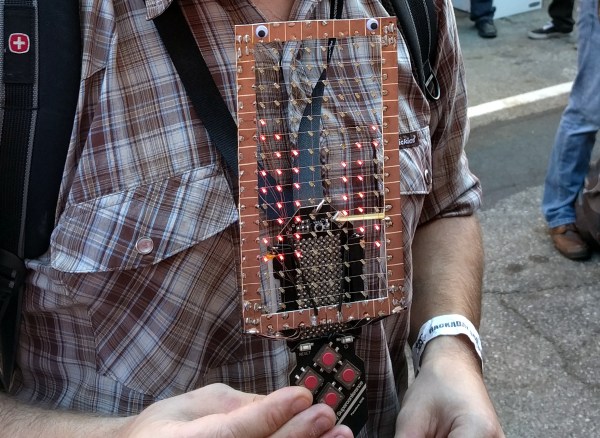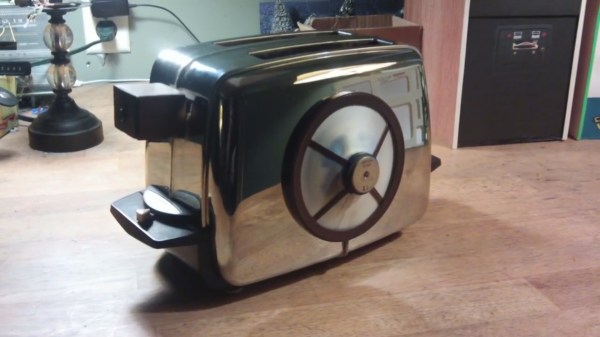Back when the original Internet, the digital one, was being brought together there was a vicious standards war. The fallout from the war fundamentally underpins how we use the Internet today, and what’s surprising is that things didn’t work out how everyone expected. The rebel alliance won, and when it comes to standards, it turns out that’s a lot more common than you might think.
Looking back the history of the Internet could have been very different. In the mid eighties the OSI standards were the obvious choice. In 1988 the Department of Commerce issued a mandate that all computers purchased by government agencies should be OSI compatible starting from the middle of 1990, and yet two years later the battle was already over, and the OSI standards had already lost.
In fact by the early nineties the dominance of TCP/IP was almost complete. In January of 1991 the British academic backbone network, called JANET (which was based around X.25 colored book protocols), established a pilot project to host IP traffic on the network. Within ten months the IP traffic had exceeded the levels of X.25 traffic, and IP support became official in November.
“Twenty five years ago a much smaller crowd was fighting about open versus proprietary, and Internet versus OSI. In the end, ‘rough consensus and running code’ decided the matter: open won and Internet won,”
—Marshall Rose, chair of several IETF Working Groups during the period
This of course wasn’t the first standards battle, history is littered with innumerable standards that have won or lost. It also wasn’t the last the Internet was to see. By the mid noughties SOAP and XML were seen as the obvious way to build out the distributed services we all, at that point, already saw coming. Yet by the end of the decade SOAP and XML were in heavy retreat. RESTful services and JSON, far more lightweight and developer friendly than their heavyweight counterparts, had won.
“JSON appeared at a time when developers felt drowned by misguided overcomplicated XML-based web services, and JSON let them just get the job done,”
“Because it came from JavaScript, and pretty much anybody could do it, JSON was free of XML’s fondness for design by committee. It also looked more familiar to programmers.”
—Simon St. Laurent, content manager at LinkedIn and O’Reilly author
Yet, depending on which standards body you want to listen to, ECMA or the IETF, JSON only became a standard in 2013, or 2014, respectively and while the IETF RFC talks about semantics and security, the ECMA standard covers only the syntax. Despite that it’s unlikely many people have actually read the standards, and this includes the developers using the standard and even those implementing the libraries those developers depend on.
We have reached the point where standardization bodies no longer create standards, they formalize them, and the way we build the Internet of Things is going to be fundamentally influenced by that new reality.
Continue reading “A Rebel Alliance For Internet Of Things Standards” →








 Airplanes are apparently armored to withstand a strike from an 8lb bird. However, even if in a similar weight class, a drone is not constructed of the same stuff. To understand if this mattered, step one was to exactly model a
Airplanes are apparently armored to withstand a strike from an 8lb bird. However, even if in a similar weight class, a drone is not constructed of the same stuff. To understand if this mattered, step one was to exactly model a 








